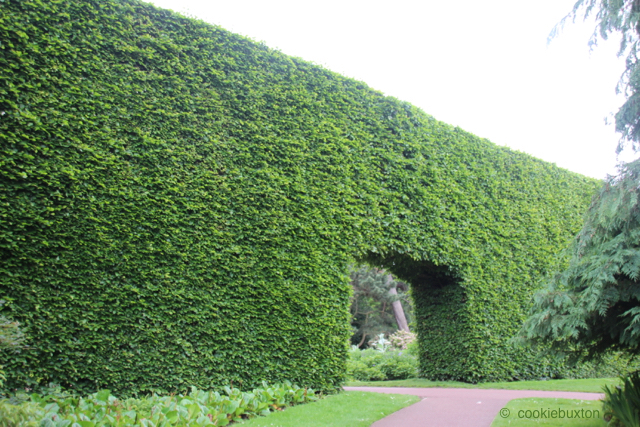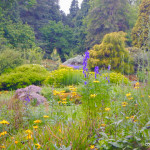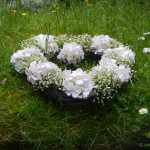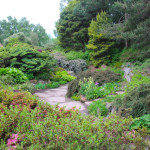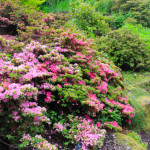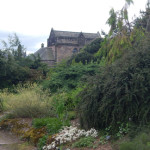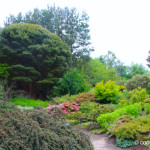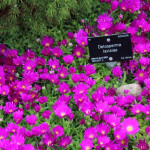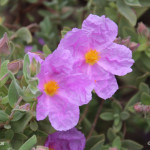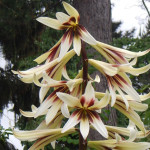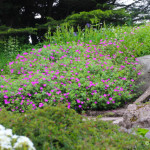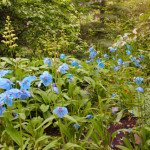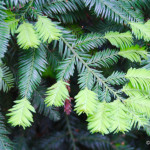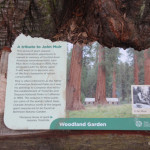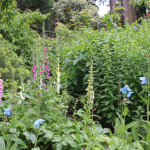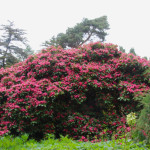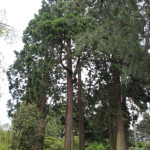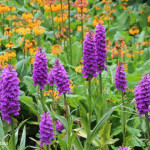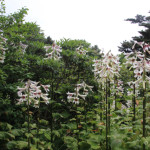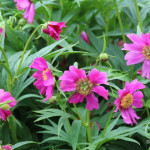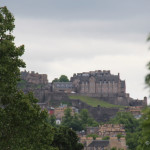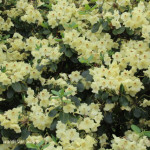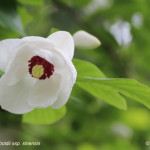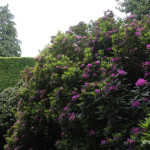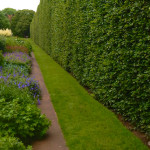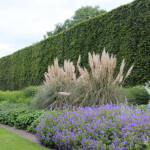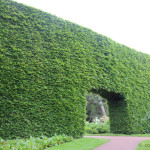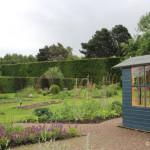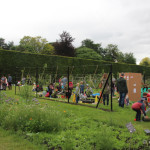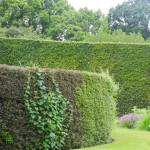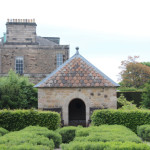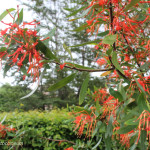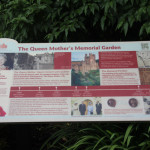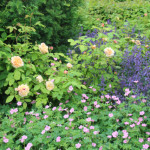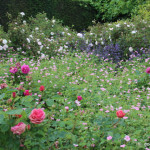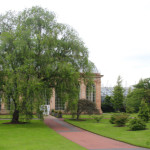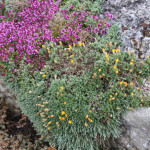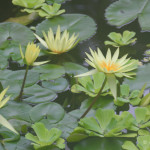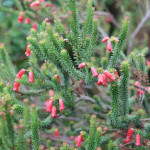Royal Botanic Garden Edinburgh
On the day we visited the Royal Botanic Garden Edinburgh (RBGE) in June 2016, we were fortunate to find a nearby parking space and enter via the RBGE’s East Gate on Inverleith Row. It was an accidental starting point, but entering by one gate or another does help frame the answer to a rhetorical question: how does one even begin to explore 70 acres of landscaped grounds, with every inch of the landscape offering wonderful and amazing perspectives of the botanical world?
Founded in 1670 as a physic garden, the Royal Botanic Garden Edinburgh (RBGE) is a world-renowned centre for plant science and education. It maintains a rich, living collection of plants in its four Gardens. Of these, we were able to see Edinburgh and Dawyck, leaving the RBGE’s gardens of Benmore and Logan for a future visit.
Coming into the garden, we soon found ourselves strolling along the southeast pathways and arriving in the donors’ garden, named as The National Memorial For Organ and Tissue Donors in Scotland Taigh. Referred to as the wilding garden, this is a place of remembrance, honouring those who have given loving gifts that have transformed the lives of organ and tissue donor recipients and their families. It was lovely to pause here for a time of reflection.
By mid-June, many of the early summer plants were beginning to rest, and the later bloomers were beginning to put on their show. The rhododendrons were nearly done. Some of the rose varieties had finished their early summer blooms, but we were fortunate to see many of the specimens still in full flower and others beginning to come into their season of display.
Distinctive features of the Royal Botanic Garden Edinburgh
Known for its research and conservation work, the Royal Botanic Garden Edinburgh has a multitude of important feature gardens and distinctive landscaped spaces. Our pathway took us through the Rock Garden and the Scottish Heath Garden, then south into the Woodland Garden. We strolled past the Chinese Pavilion and Chinese Hillside, and learned that the RBGE has the world’s largest collection of wild-origin Chinese plants outside of China itself. Near here is the Peat Garden. We travelled by it and on to the north again to the Pond before heading across the Azalea Lawn and around to the Glasshouses.
I was in love with this garden every step of the way, and delighted in observing a variety of programs taking place in the parkland during our walk-about – watching young children learning country dances together while their parents relaxed on the lawns, and seeing entire families taking workshops and learning about vegetables and herbs within the Demonstration Garden.
The Glasshouses feature important and stunning plant collections. It was a joy to move through different areas and 10 distinct climate zones among the interconnecting glasshouses. The Victorian Palm House is the entrance portal to the other glasshouses and it has coined the term the Windows on the World to describe the opportunity and experience presented by the glasshouse collections.
One of the hanging banners within the Victorian Palm House particularly caught my eye. Its message stated: “The first rule of intelligent tinkering is to save all the parts.” During a time of advanced scientific discovery and genetic manipulation, it is clearly imperative that we preserve, conserve, and can restore and reinstate the natural world back to its original state while engaged in “tinkering intelligently” with the world around us.
As my husband Art and I strolled through the Fossil Garden and further out towards the western perimeter, we were both awe-struck by one of the iconic features of the RBGE – its massive, beautiful, immaculately trimmed, century-old beech hedge, which reportedly comprises 150 individual beech trees. Alongside the beech hedge runs a gorgeous Herbaceous Border, which you can see in a few of the photographs. Nearby is the garden’s Alpine House and Courtyard. To the west of the hedge are situated other delightful garden areas: the lovely Queen Mother’s Memorial Garden; the Demonstration Garden; the Climate House; and the Cryptogamic Garden and the Native Woodland, which together are home to woodland plants and a variety of mosses, algae, fungi, and lichens.
Much to discover
It is a long trek through and around the entire garden, and difficult, of course, to see it all. Each new visit and each new season would offer different vistas and discoveries. I regret that I live an ocean and a continent away, limiting opportunities to explore the RBGE more thoroughly. We were glad to linger in many areas, and pause in the quiet walkways among the flowering rhododendrums, and rest a bit under the shade of the giant sequoias and other gorgeous trees in the Arboretum, Woodland Garden, and throughout the park. We took our time at the City Overlook, taking in the scenic views of Edinburgh’s historic city centre. We appreciated viewing the combination of historic and modern architecture within and outside the park.
I’m grateful to have captured photographic images from the garden that let me “revisit” this beautiful park from time to time. For other armchair travellers, who are perhaps not able to attend in person, or who are looking for information to set up a visit, the Royal Botanic Garden Edinburgh website offers a wealth of information and provides descriptions and details about each of the distinct garden regions. As well, it offers information on various programming and educational opportunities. A helpful place to start a virtual tour of the garden is to begin with a good look at the RBGE garden map. As well, the site’s menu tabs help visitors access the detailed descriptions of many of the garden’s most significant features.
You will likely want to visit the RGBE website for in-depth descriptions of the garden and its many important collections. Additionally, you can access the publications issued by RBGE and, almost as good as being in the local bookstore, you can shop online for RBGE publications.
If you liked this article, you might also enjoy My Post-British-Garden-Tour Blues, which lists related articles from this 2016 tour of British gardens.
Photos and Text Copyright: Nadine Kampen / Cookie Buxton
Photo Gallery
Click on any photograph to enlarge; click again on the image to advance through the series in larger format.
